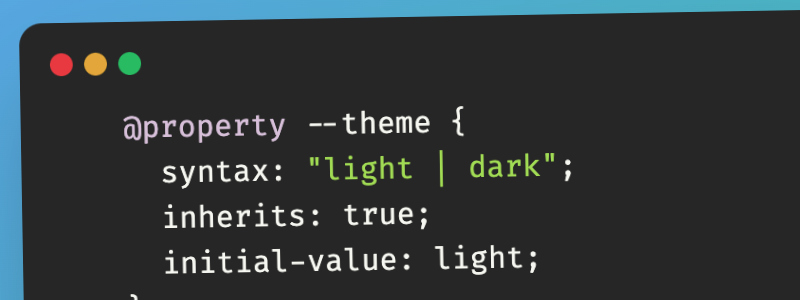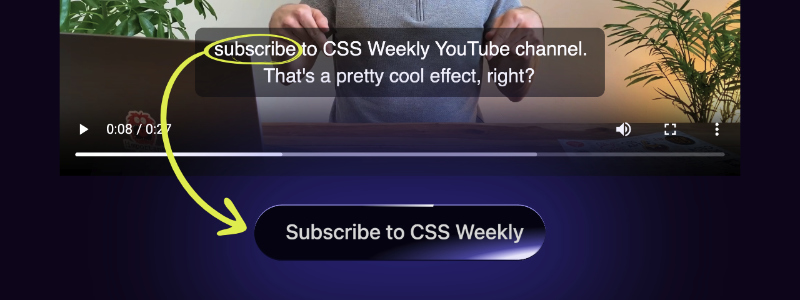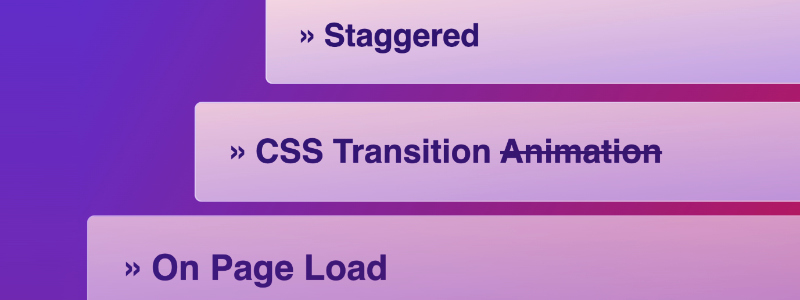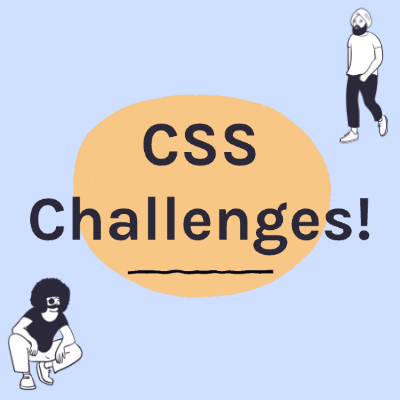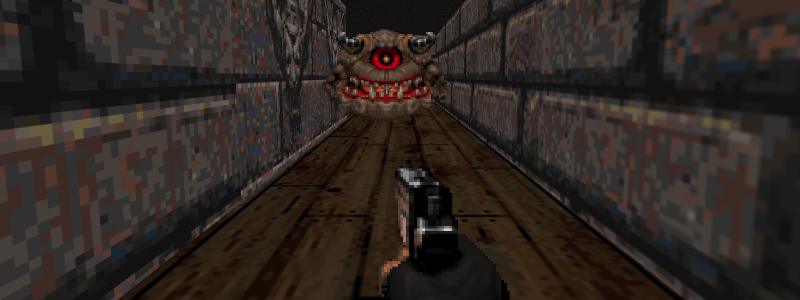It’s Time To Talk About “CSS5”

Brecht De Ruyte shares how the W3C CSS-Next community group is actively searching for better approaches for describing the evolution of CSS and identifying feature sets as effectively as we did with CSS3 in 2009.
